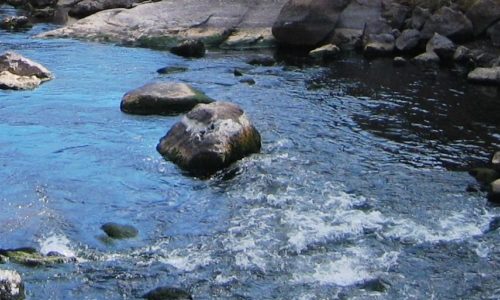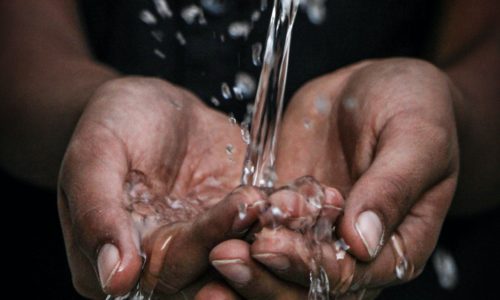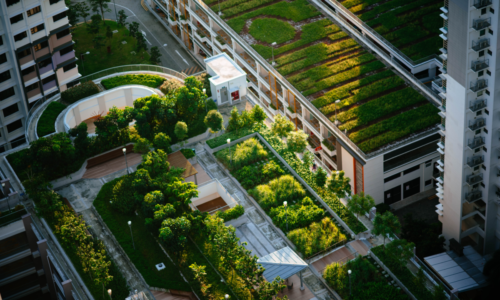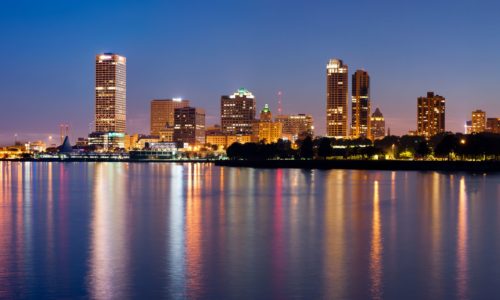Develop Financing Pathways
There are 50+ grant opportunities available to Lake Michigan communities that can help fund coastal resiliency and natural infrastructure projects. While grant funding has its benefits, grants are competitive, opportunistic, and limited in available dollars. Grants also often require municipalities to contribute local matching funds. And the costs of investing in coastal resiliency natural infrastructure projects will likely exceed the amount municipalities can cover with grants or pay from annual revenues without experiencing rate shock.
These constraints are why developing financing pathways is Step 7 in the process of matching funding and financing options with priority projects.
This financing approach allows municipalities to generate the funds needed to meet match requirements and pay for the investments upfront, while spreading payment of the costs out over time, keeping rate impacts down. Debt financing investments in green infrastructure and coastal resiliency projects is also appropriate from a policy perspective. It matches the benefits with costs. Because these projects have long-term benefits, the costs of those projects are appropriately paid for over the long-term. Debt financing provides intergenerational equity ensuring that both current and future ratepayers bear the burden of the cost because current and future ratepayers both enjoy the benefits. Thus, debt, when incurred responsibly and appropriately, can be a path towards accelerated investments in resilience while avoiding unaffordable rate impacts.
Keep scrolling to explore resources for debt financing options, including bonds and State Revolving Fund loans. You’ll also find resources for implementing natural infrastructure through incentive programs like rebates, grants, and credit trading. More resources for further reading are linked below, too.
Need help navigating financing questions? WaterNow provides no-cost technical assistance to communities interested in exploring financing pathways for nature-based solutions. Reach out about this program by filling out the form below.
Get Financing Technical Assistance
Looking for other technical assistance to be ready to apply for a range of funding and financing options? Go to Step 6 to connect with technical assistance providers ready to support communities’ needs.


















